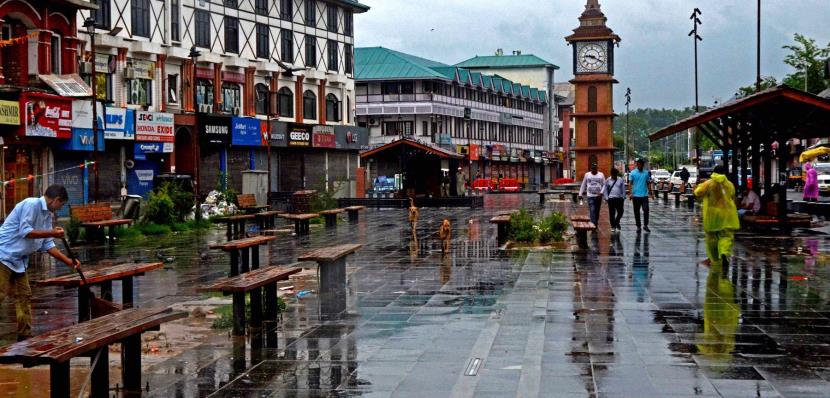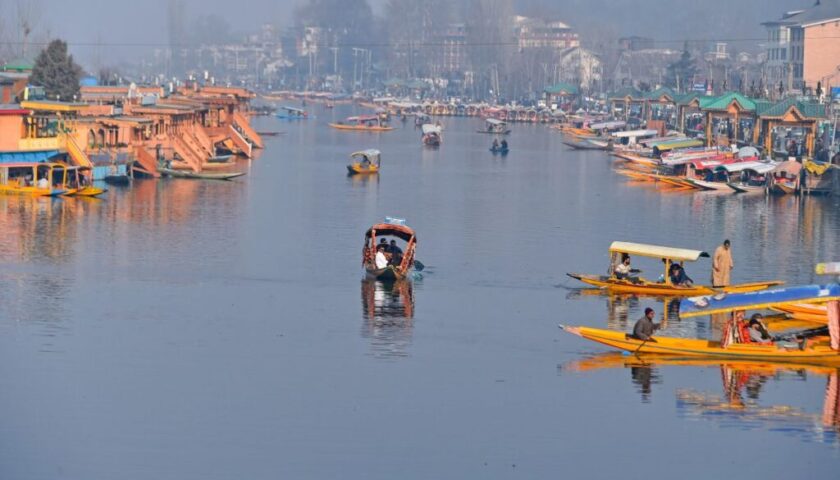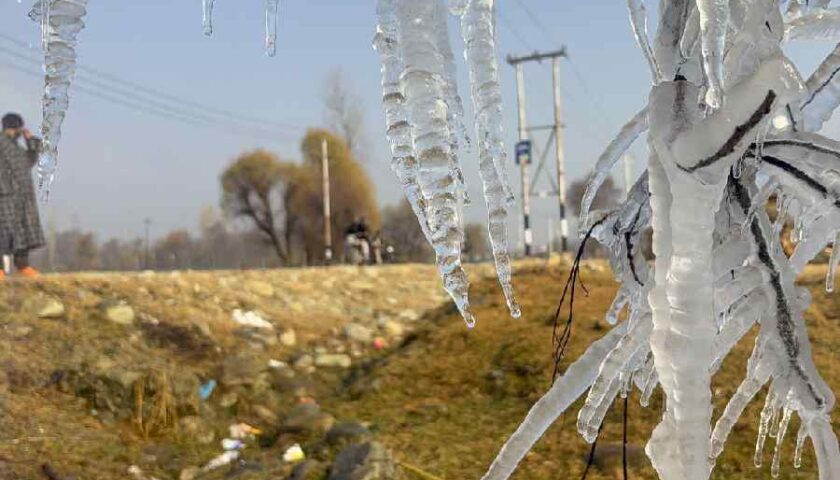A Climatic Shift Wrapped in Relief, Reflection, and Urgent Recalibration
From Blistering to Breezy: The Turnaround in Temperatures
After weeks of extreme heat that left locals reeling and landscapes thirsting, Kashmir is finally exhaling. The Valley recently endured one of its harshest and longest heatwaves, with cities like Srinagar, Pahalgam, and Anantnag recording unusually high temperatures. But as the weather cools, so does the collective anxiety—offering not just physical comfort, but a moment for reflection on the region’s climate trajectory.
Heatwave Highlights
- Pahalgam: 31.1°C on July 5—a historic peak for the hill station
- Srinagar: 37.4°C, third-highest in its recorded history
- June 2025: Nearly 3°C above average in many districts
Rain Brings Relief
Thanks to a Western Disturbance interacting with monsoonal winds, moderate to intense rainfall has swept across Kashmir. The India Meteorological Department anticipates more showers, gusty winds, and possible cloudbursts in the coming days. For many Kashmiris, it’s a long-awaited reprieve.
The Bigger Picture: Climate Change Comes Home
While the drop in temperatures is welcome, experts caution against framing it as a return to normal. The real issue? Kashmir is warming faster than most regions on Earth. And this summer was proof.
Key Climate Observations
- The Himalayan region warms nearly twice as fast as the global average
- Glacial retreat is accelerating, threatening rivers and reservoirs
- Urban centers like Srinagar are developing heat islands, pushing summer extremes higher
- Dry spells and erratic rainfall are reshaping agricultural timelines
❝This is not a blip. It’s the new baseline.❞
— Shabir Ahmad, Climate Scientist, SKUAST Kashmir
Impact on Agriculture: A Season of Stress
Kashmir’s fertile land has long supported crops like apples, saffron, and paddy—but not without water. This year, intense heat paired with inconsistent rainfall caused alarming changes across farms.
Crop Consequences
| Crop | Stress Factor | Predicted Outcome |
|---|---|---|
| Apple | Sunburn, moisture stress | 15–20% drop in yield |
| Paddy | Early wilt, poor seed germination | Delayed transplant and harvest |
| Saffron | Soil dehydration | Lower flowering, poorer bulbs |
Health Hazards: When the Heat Hits Home
Summer used to be synonymous with relief in Kashmir—but not anymore. Doctors say they’ve seen a dramatic rise in heat-related ailments, especially among children and the elderly.
Medical Trends
- Heatstroke cases have increased 4x over five years
- Respiratory distress linked to pollutants and dry heat is on the rise
- Rural clinics lack infrastructure to deal with sustained emergencies
As temperatures soared, schools across Anantnag and Kulgam remained shut for over two weeks, and outdoor work was limited.
Lifestyle Shifts: From Fans to AC Units
Once a luxury, cooling appliances have become necessities. With erratic power supply and scorching afternoons, consumer behavior is evolving.
Cooling Boom in Kashmir
- Sales of ACs and coolers: Up 180% in summer 2025
- Local demand for inverters and generators: Surged due to power cuts
- Retailers in Srinagar and Baramulla: Report record-breaking footfalls for cooling gear
This signals a tectonic shift in consumption—but also raises questions about energy use and grid sustainability.
Environmental Toll: Glaciers, Lakes, and Livelihoods
The heat didn’t just stress humans—it also accelerated environmental damage. Snowmelt was rapid, lake levels fluctuated, and forests showed signs of strain.
Key Concerns
- Kolahoi Glacier: Lost significant mass, altering Lidder River flow
- Dal Lake: Algae bloom worsened due to heat and pollution
- Forest Fires: Reported near Tangmarg and Gulmarg in early June
This spells disaster for Kashmir’s ecotourism and biodiversity, especially if long-term mitigation isn’t pursued.
What This Means for Kashmir
Yes, the rain brought comfort. But beneath the cool breeze lies a troubling forecast—a future shaped by climate extremes, disrupted seasons, and altered ways of life. If steps aren’t taken to integrate climate adaptation, enhance water management, and recalibrate agricultural practices, Kashmir’s unique heritage and lifestyle might face irreversible change.




